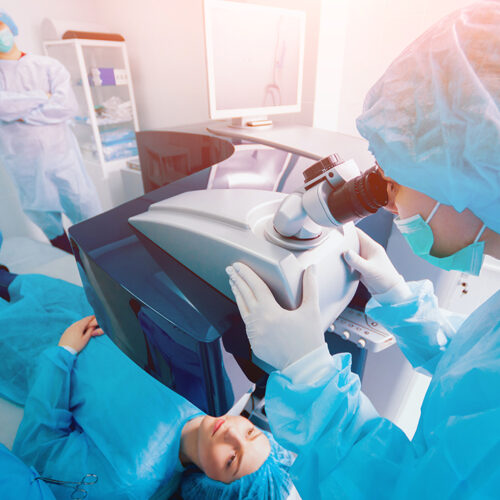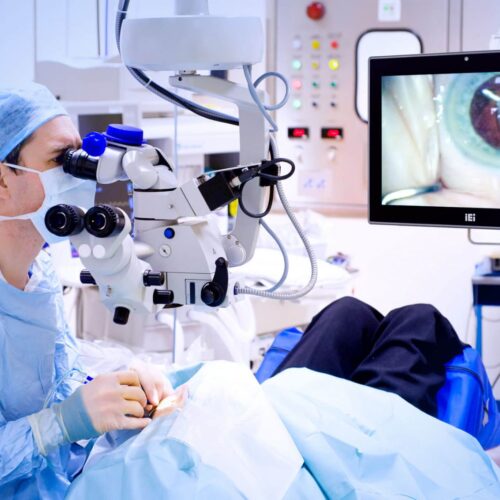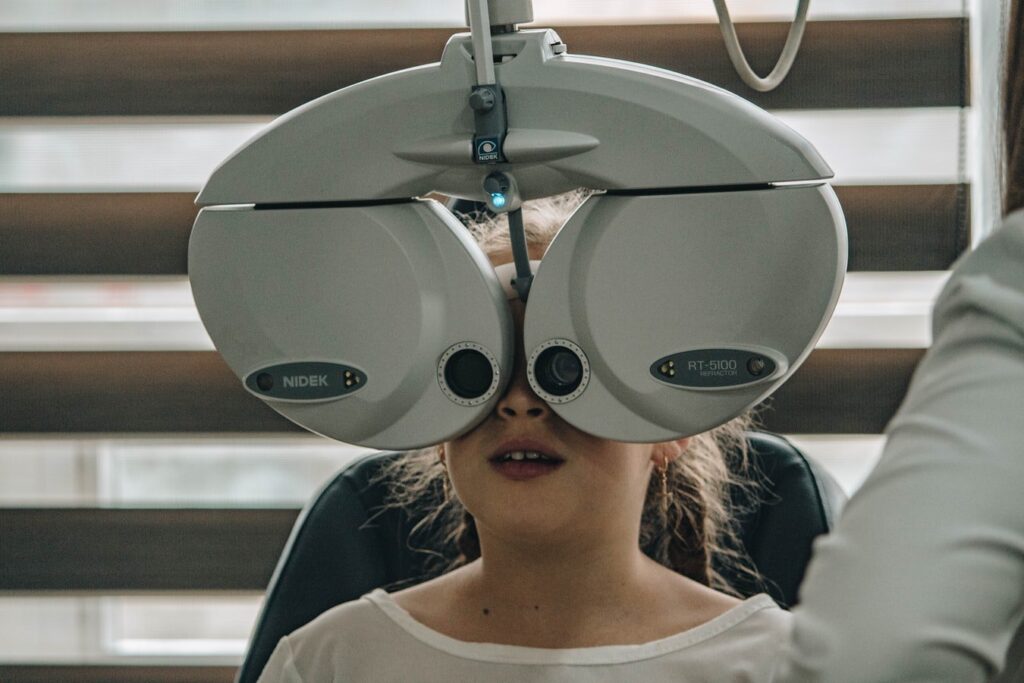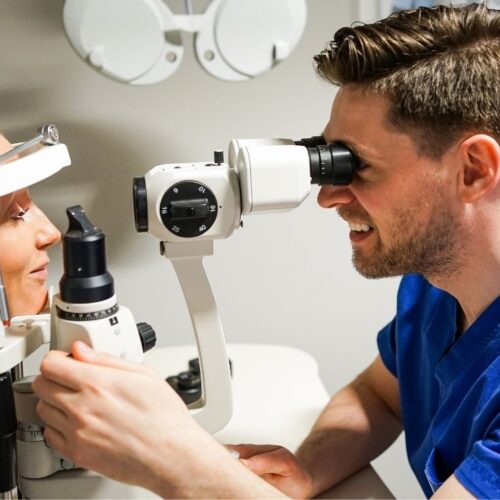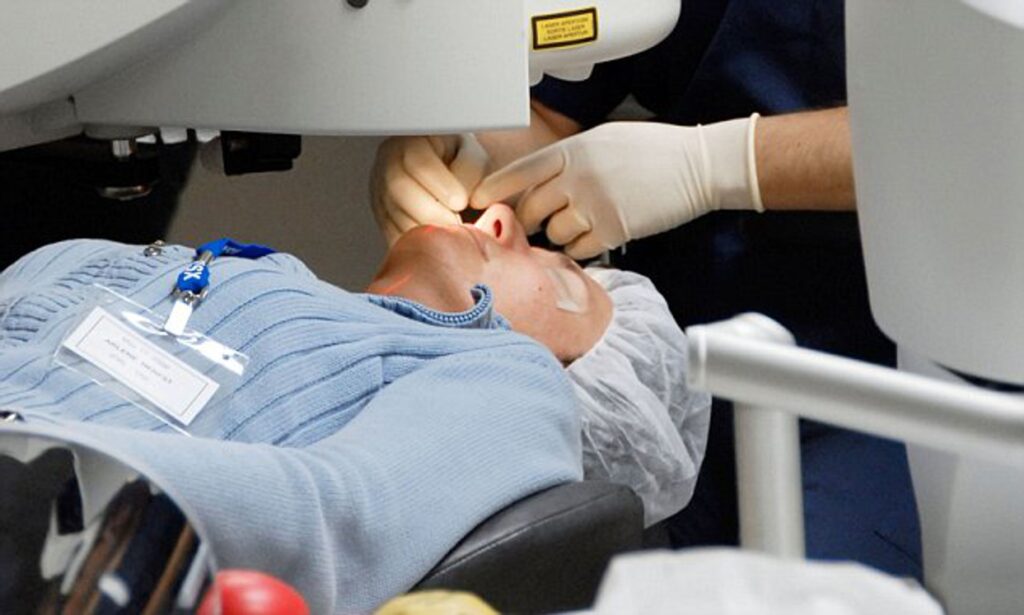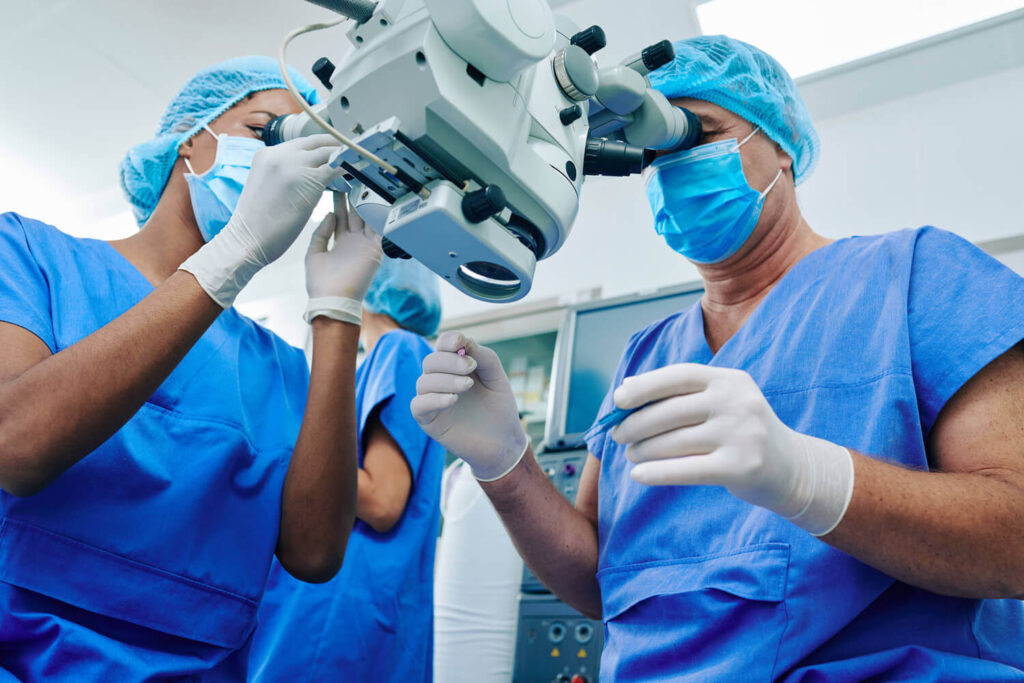When the normal lens of the eye is removed, such as in the case of cataract surgery, an intraocular lens (IOL) is placed inside the eye to serve as a replacement. Refractive lens exchange, a procedure used to correct eyesight, also makes use of IOLs.
Because there was no implantable technology to restore the focusing power of the natural lens, people who had cataracts removed previously needed very thick glasses or special contact lenses to see properly following surgery.
Related: The Dos and Don’ts After Cataract Surgery
There are currently several different high-quality IOLs on the market. Several aspects, including your capital and your individual visual demands, should be taken into consideration when deciding which intraocular lens is ideal for you.
This article provides a synopsis of the premium IOLs authorised for use by cataract doctors. These intraocular lenses are more expensive than standard single vision IOLs (which are often covered by health insurance plans like Medicare) due to their more sophisticated features.
Your cataract surgeon will be able to advise you on the optimal intraocular lens (IOL) for your needs and the additional expenses associated with cataract surgery if you decide to go with one of the following premium lens implants during your preoperative exam and consultation.
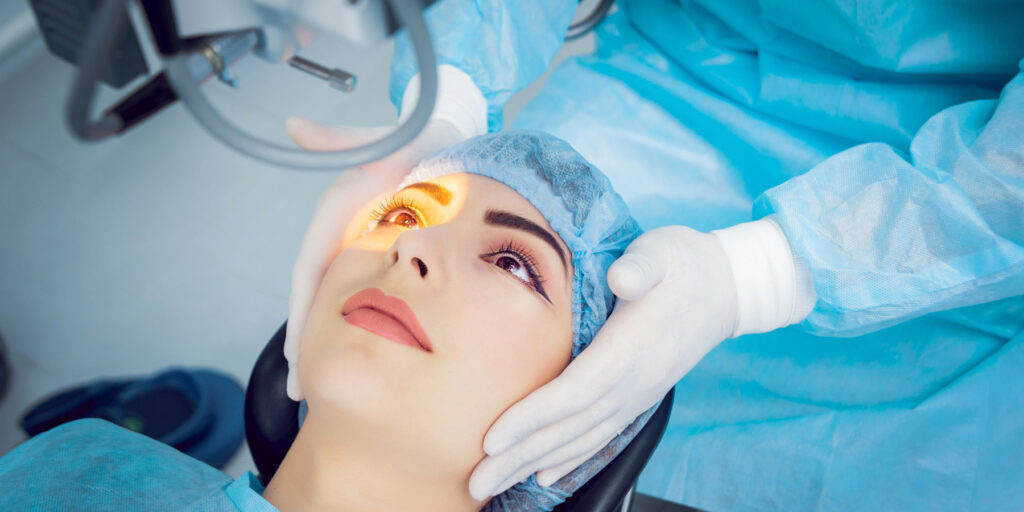
Spherical intraocular lenses
As its name implies, spherical intraocular lenses have a front surface that is evenly curved from the lens’s centre to its perimeter. While spherical IOLs are simple to produce, they don’t accurately replicate the curvature of the eye’s natural lens, which changes shape from the centre out. What this means is that the human eye’s natural lens has an aspheric shape (“not spherical”).
For what reason is its importance?
Higher-order aberrations (HOAs) are optical flaws that can be caused by a spherical intraocular lens and negatively impact visual acuity, especially in low-light situations like nighttime driving.
However, premium aspheric IOLs can give clearer vision, particularly in low light and for those with big pupils, since they more nearly mimic the shape and optical quality of the eye’s natural lens.
Allowing for Intraocular Lenses
Traditional spherical IOLs are monofocal, meaning they are optimised for clear vision at a single focal point (usually far away for good driving vision, for example). Traditional IOLs need the use of corrective lenses, such as reading glasses or contact lenses, for up-close activities like as typing, reading, and using a computer.
Premium accommodating IOLs include an aspheric design and bendable “haptics” (the legs that keep the IOL in place within the eye), allowing for a wider field of view.
To improve near vision beyond what is possible with a standard monofocal lens, an accommodating IOL is equipped with flexible legs that allow it to shift forwards slightly as you stare at near objects.
Multifocal IOLs may offer better magnification for near vision than accommodating IOLs. However, these premium IOLs provide very good distant vision, similar to that provided by a monofocal IOL, and many individuals discover they don’t require reading glasses or computer glasses following cataract surgery.
Multifocal intraocular lenses
As another kind of presbyopia-correcting IOL, multifocal IOLs can help you reduce your reliance on reading glasses and computer lenses following cataract surgery.
These high-end IOLs, include zoned magnification that allows you to see clearly at a variety of distances without the need of corrective lenses. Multifocal IOLs have been proven in some research to improve close vision more so than accommodating IOLs, albeit at the expense of glare and maybe some minor distance blur.
During the preoperative examination and meeting with your cataract surgeon, you will find out if you are a suitable candidate for multifocal IOLs.
Due to the need of exact alignment of these lenses to provide you the greatest visual outcome at all distances, laser cataract surgery is typically suggested if you are interested in multifocal IOLs.
Intraocular Lenses with a Toric Diameter
Toric IOLs are high-quality intraocular lenses that can treat both myopia and hyperopia.
Toric IOLs, like toric soft contact lenses, are able to correct astigmatism because their strength varies over the lens’s meridians. In addition, alignment markers on the lens’s periphery help the surgeon place the IOL at the eye in the best position to correct astigmatism.
Surgeons label the cornea with temporary marks just before operating on cataracts so they can find the eye’s most curved meridian. A toric intraocular lens is rotated by the surgeon during a cataract treatment to match the corneal markings for optimal astigmatism correction.
To correct astigmatism before or after cataract surgery, cataract doctors formerly had to conduct a technique called limbal relaxing incisions (LRI).
LRI involves making two tiny cuts in the cornea, one at each end, just at where the cornea meets the white sclera. As the cornea heals from these cuts, its form gradually becomes more spherical, and the patient’s astigmatism improves or disappears.
After cataract surgery, limbal relaxing incisions may be necessary in certain patients with astigmatism, even when a toric IOL is employed. However, in such circumstances, the residual astigmatism following implantation of a toric IOL is often much smaller, increasing the likelihood of a positive LRI result.
The chance of having further surgery, such as LASIK or PRK to address residual astigmatism following cataract surgery, is reduced with the use of toric IOLs.
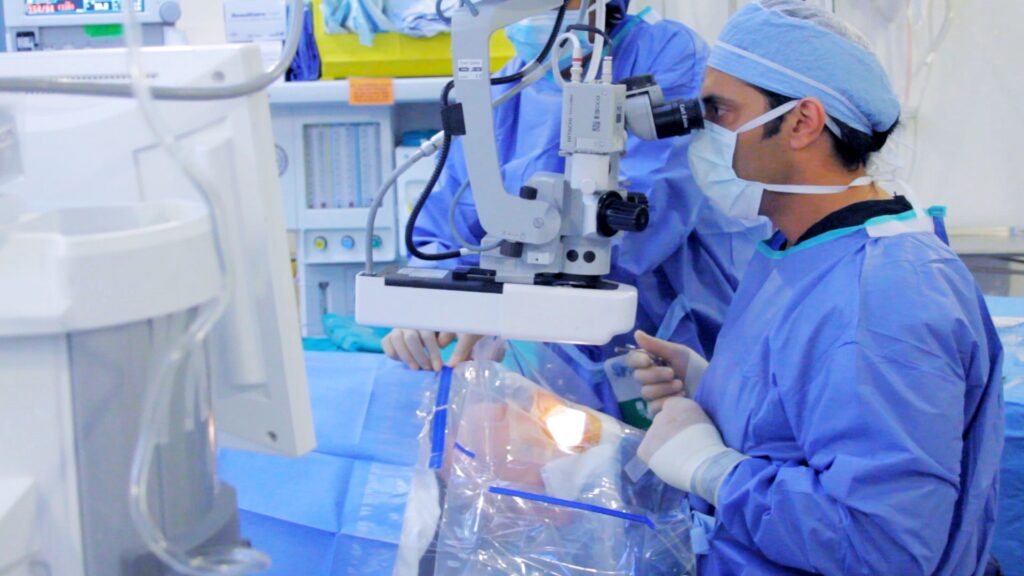
Monovision
Monovision can help with presbyopia instead of accommodating or multifocal IOLs.
A “monovision IOL” does not exist. The term “monovision” refers to the practise of having only one eye with its refractive defect corrected, while the other eye is made slightly nearsighted on purpose.
While the perfectly corrected eye can see far away very well (but still needs glasses for close-up vision), the nearsighted eye can see everything up close with ease (but not so clearly far away).
Though the concept of monovision seem strange at first, it has been effectively implemented for many years by means of contact lenses. It is also being utilised in conjunction with cataract surgery to lessen the need for corrective lenses following surgery, such as for reading and computer use.
In monovision cataract surgery, any two premium IOLs can be utilised.
The phrase “modified monovision” is commonly applied when accommodating or multifocal IOLs are used for monovision, as these lenses provide an increased range of vision in addition to a specified monovision effect.
For the finest possible vision following cataract surgery, it may be necessary to use two distinct quality IOLs in each eye.
Astigmatism can sometimes be more severe in one eye than the other. A toric intraocular lens (IOL) may be recommended by your cataract surgeon for this eye, and an accommodating IOL for the other eye to help with computer vision.
A second possibility is that your cataract surgeon will suggest a certain brand of multifocal lens for one eye and a different brand for the other. This is due to the fact that one brand may be better suited for computer use, while the other may be better suited for close-up work such as reading.
During the pre-op examination and consultation with your cataract surgeon, he or she will assess your individual needs and assist you select the optimal mix of premium IOLs for a positive visual outcome.
Premium IOL price
Premium IOLs are more expensive than standard IOLs due to the additional functions they offer over standard monofocal IOLs. Unfortunately, health insurance providers do not often cover the cost of such ancillary services. So, if you choose a premium IOL during your cataract surgery, you will have higher additional costs.
Cataract surgery and the standard monofocal IOL are often covered by Medicare and private health insurance, depending on their policy. Any premium IOL, such as the ones mentioned above, will normally cost more than a standard monofocal IOL, so you should be prepared to pay the difference.
Before having cataract surgery done, it is important to read over your insurance policy carefully to ensure you are aware of all of the costs involved and the extent to which they will be covered.
Also, before agreeing to cataract surgery, make sure you ask the business office of your eye doctor a lot of questions about the costs involved.

